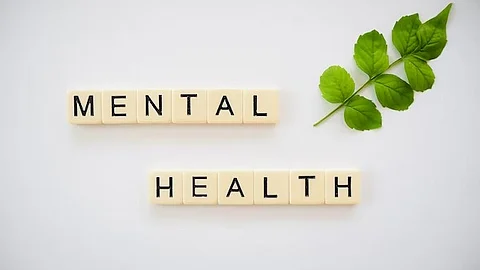This discipline track can lead to terrible outcomes, such as dropping out of school and worse. And it can start with “cultural mismatches,” expectations that children from other cultures should behave as children from white cultures, Moore said.
When the focus for screening is to identify an individual’s mental health risk, “educators and schools disregard social determinants of health and often implicitly ask, ‘How can we get these disadvantaged students to be or function more like middle-class, White ones?’” wrote Anna Long, co-author and associate professor at Louisiana State University.
Moore elaborated, “For example, teachers may misinterpret what is the play between a boy and his friend, (and believe), ‘Oh, that child is aggressive.’ Because of cultural differences and biases, they don't understand what play is common in this boy’s community and instead judge him as having behavior problems that need to be addressed."
Culturally appropriate mental health screenings can go well beyond identifying students who need counseling or specialized resources to better succeed, the paper says. They can also reveal larger strengths or needs in the schools and their surrounding communities.


